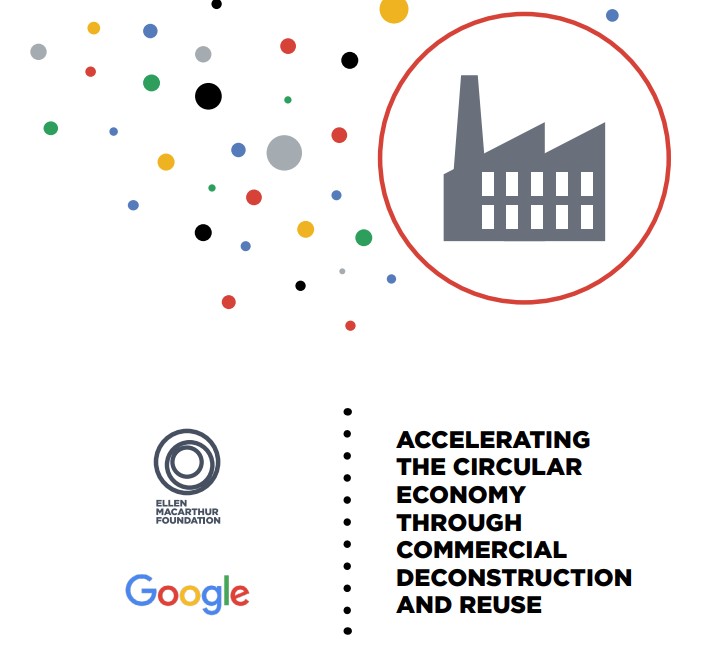Back in the 19th century the human race got hooked into chemical and mechanical engineering. We developed steam power and learned to make soap in quantity, then later fell in love with petrochemicals.
While these have been useful tools to a point, their side effects are showing up as increasingly damaging. Biomimcry is showing up as a new source of innovation for both product and systems design.
“Biomimicry is studying a leaf to invent better solar cell, or a coral reef to make more resilient company. The core idea is that nature has already solved many of the problems we are grappling with: energy, food production, climate control, benign chemistry, transportation, collaboration, and more.” Janine Benyus – A Biomimicry Primer
Heat, beat and poison…
Mechanical and chemical engineering practices and their mindsets have been foundational in the technologies we use today – however new developments are emerging that will increasingly make these resource-hungry oldsters out-of-date. New product and process developments are increasingly being found in non-traditional places.
Copying nature…
We’ve become increasingly aware in recent decades that nature does some pretty amazing things at room temperature and ambient pressure. We use massive heat and pressure to turn non-renewable petrochemicals into Kevlar – but a spider makes a super strong web in it’s stomach AND using flies as a highly renewable input.
Physics and biology are showing up as rich sources of innovation and invention for developing not only smarter products, but smarter systems.
Biomimicry can operate at one of three levels:
- Copying natural form – for example, copying the beak of a kingfisher to re-design the nose of a bullet train.
- Mimicking natural processes – using vortexes to purify water the way rivers do, instead of mechanical filters or damaging chemicals
- Copying natural ecosystems to develop regional models conducive to life.
This new source of design inspiration is exactly that – inspiring. Find out more about biomimicry from: http://www.asknature.org/ (Just watch the front banner cycle through different innovations to get a feel for the possible.)
Remember also that the core principle of true biomimicry is the development of solutions conducive to life. You can have a bio-inspired product like velcro – however if you make it from petrochemicals, you’re not really practicing biomimicry.
For some great examples of how biomimicry is being used in the world today, explore some of the case studies of The Blue Economy:http://www.theblueeconomy.org/blue/Innovations.html
Adapted from “Copying nature – biomimicry and business success…” in our September newsletter.











